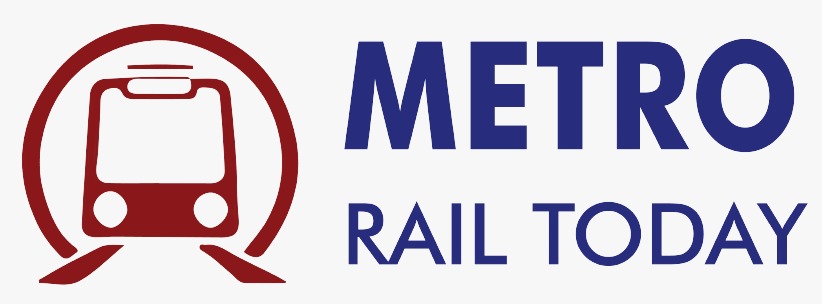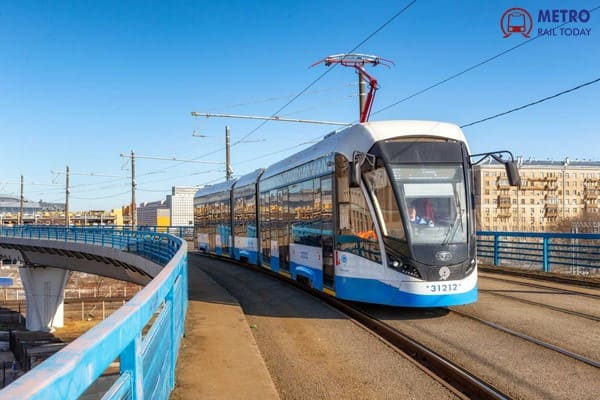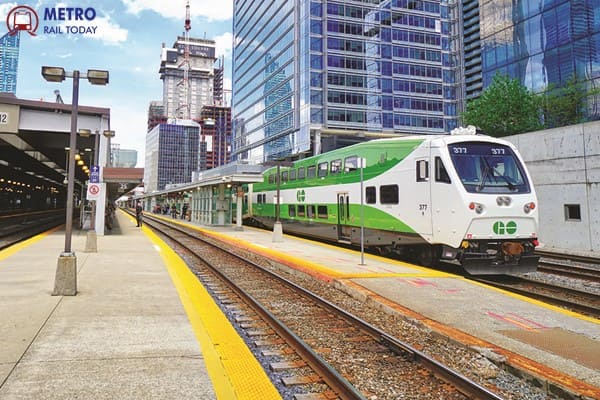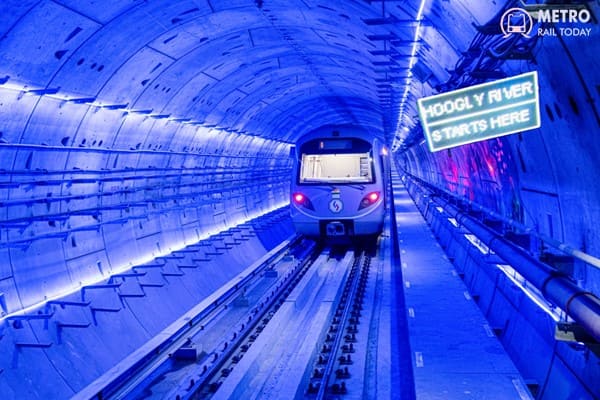 Kolkata Metro Marks 41 Years of Service to the City of Joy
Kolkata Metro Marks 41 Years of Service to the City of Joy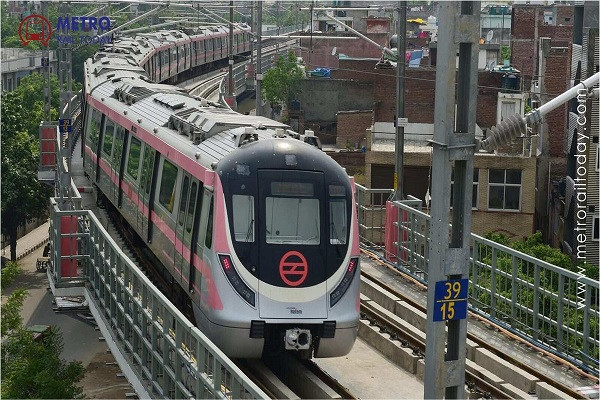 DMRC to introduce Driverless Trains on Delhi Metro Phase 4 Corridors
DMRC to introduce Driverless Trains on Delhi Metro Phase 4 Corridors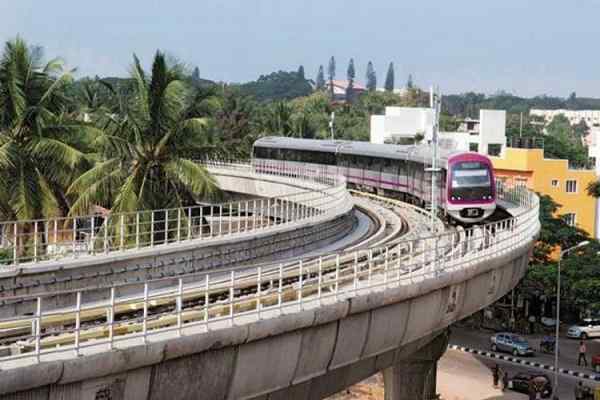 Karnataka proposes Centre of Excellence for Railways and Mobility Innovation
Karnataka proposes Centre of Excellence for Railways and Mobility Innovation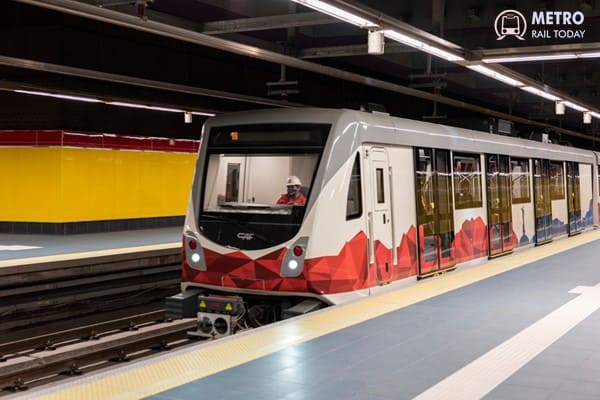 Egypt and Japan approve Greater Cairo Metro Line 4 Project
Egypt and Japan approve Greater Cairo Metro Line 4 Project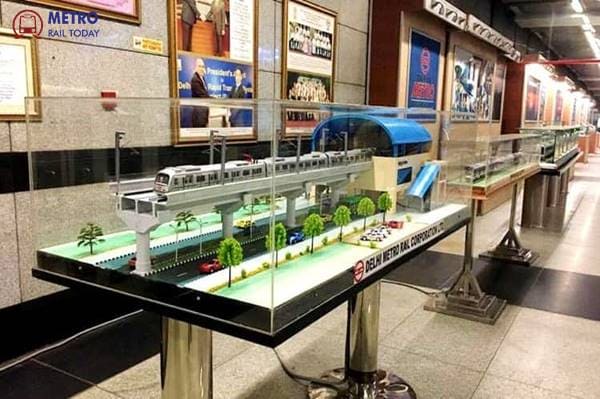 Metro Rail Today continues its legacy as Official Media Partner for 18th Urban Mobility India 2025
Metro Rail Today continues its legacy as Official Media Partner for 18th Urban Mobility India 2025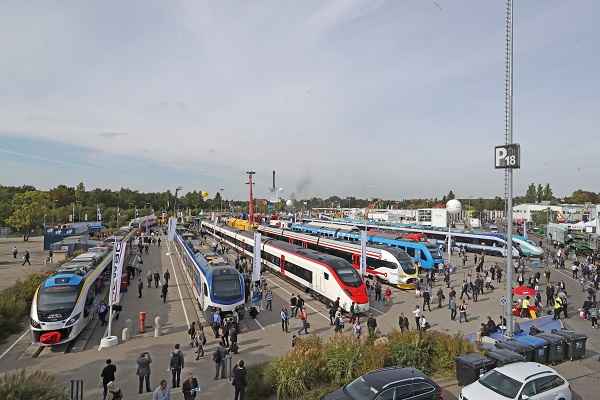 Alstom bags €1.4 billion contract from SNCF Voyageurs to supply 30 Very High Speed Trains
Alstom bags €1.4 billion contract from SNCF Voyageurs to supply 30 Very High Speed Trains Nokia and ST Engineering partner to deploy communications network on Bangkok Metro’s Orange Line
Nokia and ST Engineering partner to deploy communications network on Bangkok Metro’s Orange Line How Mumbai Built Its Deepest Aqua Line Metro Project — And Won the City’s Heart?
How Mumbai Built Its Deepest Aqua Line Metro Project — And Won the City’s Heart?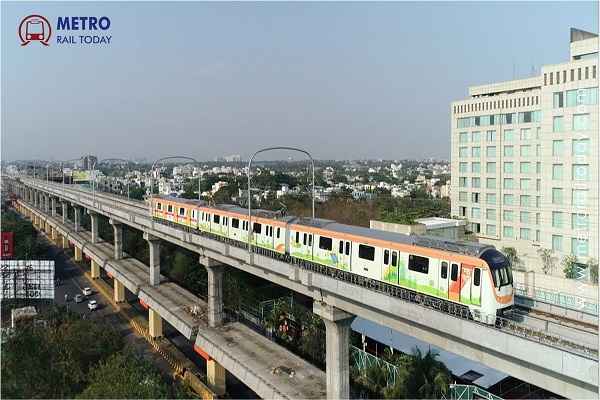 Feasibility Study begins for Sitabuldi–Koradi Metro Corridor under Nagpur Metro Phase 3
Feasibility Study begins for Sitabuldi–Koradi Metro Corridor under Nagpur Metro Phase 3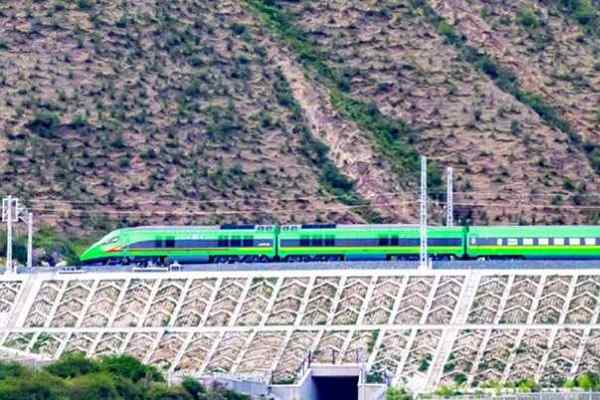 Saudi Arabia’s $7 Billion Land Bridge: Building a High-Speed Future Across the Desert
Saudi Arabia’s $7 Billion Land Bridge: Building a High-Speed Future Across the Desert
Egypt and Japan approve Greater Cairo Metro Line 4 Project

Cairo, Egypt (Metro Rail Today): In a major step toward strengthening Egypt’s mass transit infrastructure, the Egyptian Cabinet has approved a presidential decree authorising the exchange of letters between the Egyptian and Japanese governments to implement Phase 1 of the Greater Cairo Metro Line 4 Project. The decision underscores Egypt’s continued partnership with Japan in advancing large-scale urban mobility initiatives across the Cairo metropolitan region.
The first phase of Line 4 spans 19 kilometres, extending from Hadayek Al-Ashgar station to Fostat station. It will include 17 stations, of which 16 are underground, designed to serve key residential and high-density districts such as Haram, Faisal, Omraniya, and Giza.
Crucially, this phase will also connect 6th of October City and the Grand Egyptian Museum (GEM) — one of Egypt’s most significant cultural landmarks — to Cairo’s metro network. The line will interchange with Line 1 at El-Malek El-Saleh station and Line 2 at Giza station, ensuring smoother travel for thousands of daily commuters.
Construction and tunnelling work for this phase are already well underway, with four tunnel boring machines (TBMs) in operation. Restoration activities near GEM, Al-Remaya, and Al-Ahram stations are nearing completion and are expected to be finalised before the museum’s grand opening in July 2026.
Future Phases: Expanding Cairo’s Metro Network
The second phase of Line 4 will extend the route by 31.8 km, adding 21 stations. It will connect to Line 6, the East Nile Monorail, and traverse Nasr City to reach New Cairo. Additionally, a branch line to Cairo International Airport is under active consideration.
Studies are also ongoing for subsequent extensions:
-
Phase 3: A 16.3 km expansion from Hadayek Al-Ashgar to El-Hossary Square, integrating with the West Nile Monorail.
-
Phase 4: A 38.7 km link to the New Administrative Capital’s Airport, where it will connect with Egypt’s Light Rail Transit (LRT) system.
Once fully operational, Line 4 is expected to carry nearly 1.5 million passengers daily, transforming Cairo’s east–west transit connectivity and significantly reducing road congestion.
Strategic Collaboration Between Egypt and Japan
The project is being implemented with Japanese technical and financial support, marking another milestone in the long-standing collaboration between Egypt’s National Authority for Tunnels (NAT) and the Japan International Cooperation Agency (JICA). The partnership aims to bring advanced tunnelling technology, modern signalling systems, and sustainable design practices to Cairo’s growing metro network.
This cooperation aligns with Egypt’s Vision 2030 goals, which prioritize sustainable urban mobility and the expansion of multimodal transport systems across Greater Cairo and its satellite cities.
Mrs. Mamta Shah, MD & CEO, Urban Infra Group, commented, “The Greater Cairo Metro Line 4 represents a bold vision for integrated and sustainable transport in one of the world’s most dynamic cities. The partnership between Egypt and Japan demonstrates how international collaboration and modern metro design can together reshape urban mobility. For emerging economies like India, Cairo’s approach offers valuable lessons in metro expansion strategy, multimodal integration, and transit-oriented development.”
Once completed, the Greater Cairo Metro Line 4 will not only provide direct metro access to iconic destinations such as the Grand Egyptian Museum but also enhance east–west connectivity across Egypt’s capital. With advanced engineering, international collaboration, and a focus on long-term sustainability, the project stands as a landmark example of modern metro development in the Middle East.
